Philips Respironics Everflo Oxygen Concentrator with OPI
$1,395.00
Lowest allowed advertised price
Call Now for Discounted Pricing
844-304-8700
Lowest allowed advertised price
Call Now for Discounted Pricing:
844-304-8700

Free
Shipping

Prescription
Required

Satisfaction
Guarantee
- Lightweight—only 31 lbs!
- Compact
- Quiet
- Energy-efficient for cost savings!
Philips Respironics Everflo OPI – Overview
Say goodbye to bulky, loud oxygen concentrators and welcome the Philips EverFlo Home Oxygen Concentrator! This machine is cost-effective and does not need regular oxygen bottle replacements. It’s a small, lightweight oxygen delivery system that fits effortlessly in your house and doesn’t get in the way of your daily routine. Despite the fact that it is a stationary oxygen concentrator, it may be readily moved from one location to another as needed.
The Respironics EverFlow is a consistent and trouble-free stationary oxygen concentrator at an affordable price.
Philips Respironics acknowledges the rising demand for low-cost, high-reliability oxygen concentrators that can lower the cost of oxygen therapy. With a metal cannula connector, proven sieve bed, recessed flow meter, and sturdy plastic enclosure, it’s made of high-quality materials. You can store extra tubing in the internal storage cabinet within this device. The humidifier bottle holder has a Velcro holding strap and is compatible with every standard bubble humidifier. The connections for oxygen tubing and the humidifier are located at the top of the device for easy access to your therapy
Respironics Everflo Oxygen Concentrator – Features
- Lightweight
- Sleek design
- Easy maintenance
- Cost-effective therapy
- Internal storage cabinet
- Whisper quiet therapy
- Easy to use
- Easy to transport
- Oxygen Percentage Indicator (OPI)
Everflo Oxygen Concentrator – Benefits
- A quiet, compact stationary concentrator for convenient therapy
- Improved patient satisfaction and compliance
- User-friendly EverFlo Q needs less power and generates less heat
| Manufacturer |
Philips Respironics, Proactive Medical, Sunset Healthcare Solutions |
|---|---|
| Weight |
31 lbs |
| Filter Type |
Disposable |
User Guide
User Guide
How to Use Philips Respironics EverFlo Oxygen Concentrator
- Choose a spot where the concentrator will be able to take in room air without being obstructed. Make sure the device is at least 15 to 30 cm away from walls, furniture, and, especially, drapes that might obstruct proper ventilation. Avoid putting it near a heat source.
- Plug into a wall socket.
- Do either Step A or Step B below.
- Connect your nasal cannula to the Oxygen Outlet Port if you're not using a humidifier.
- If you are using a humidifier, follow the steps below:
- As indicated, open the filter door on the back of the device.
- Replace the filter door after removing the humidifier connecting tube from the back of the filter door.
- Follow the manufacturer's directions for filling your humidifier bottle.
- Place the humidifier within the velcro strap on top of the EverFlo device.
- Tighten and fasten the velcro strap around the bottle to keep it in place.
- Connect the humidifier connector tube to the Oxygen Outlet Port (which you got from the filter door) (as mentioned in Step 3-A above).
- Attach the other end of the humidifier connection tube to the top of the humidifier as indicated, with the elbow in the tubing facing the front.
- Attach your cannula to the humidifier bottle according to the instructions provided by the humidifier bottle manufacturer.
How Does the Philips Respironics EverFlo Oxygen Concentrator Work?
Air from the room is used to produce concentrated oxygen by passing it through a molecular sieve. This stationary oxygen concentrator uses Pressure Swing Adsorption (PSA) technology which combined with the sieve bed extracts oxygen from the air and delivers it to the patient.
Cleaning Philips Respironics EverFlo Oxygen Concentrator
This Philips Respironics EverFlo Oxygen Concentrator should be cleaned regularly using a damp cloth to wipe down the exterior case of this device. For cleaning or disinfecting with a medical disinfectant, follow manufacturer's instructions. For patients who use a humidifier, the device can be cleaned by following the manufacturer's instructions. This oxygen concentrator is easy to maintain because it consists of very few parts and only two filters. Users can change the external filter without any tools or special skills and the internal micro disk filter is replaced during the routine service of the whole device.
Alarms & Indicators in EverFlo Oxygen Concentrator
The following alarms and indicators should be addressed if they occur.
Continuously illuminating all 3 LEDs and sounding alarm
This means that the device has detected a system malfunction. To troubleshoot, turn off the device immediately and switch to a backup oxygen source. Contact the manufacturer and inform them of this issue.
Continuously sounding alarm with no LEDs illuminated
This happens when that device is turned on but is not operating. This happens when the device indicates a power failure or if it isn’t plugged in. What you can do is make sure that the device is plugged in and check the power outlet to make sure it is delivering electricity. If this doesn’t solve the issue then connect to a backup oxygen source and contact the manufacturer.
Continuously illuminating red LED with alarm
A system malfunction has been detected by the system. Turn off the device quickly and wait for 5 minutes before turning on the device. If this does not fix the problem, connect to a backup oxygen source and contact the manufacturer.
Continuously illuminating yellow LED with red LED blinking and periodic beeping alarm
The device is facing obstructed oxygen flow conditions when it shows these signs. In this case, turn off the device and contact the manufacturer. In the meanwhile, you should use your backup oxygen source.
Continuously illuminating yellow LED with no alarm
This indicates a low oxygen condition. You can continue to use the device but inform your physician.
Blinking yellow light with periodically beeping alarm
High flow oxygen is detected by the device. Reduce the flow rate to your prescribed level and wait for 2 minutes. If the condition persists, then switch to your backup oxygen source and contact the manufacturer.
Continuously illuminating green LED with no alarm
This indicates that the device is working at an optimum level.
Continuous alarm sound with all LEDs off
In this case, if the device doesn’t work when turned on, reinsert the power cord plug into the electrical outlet.
Or the unit may not be receiving power from the electrical outlet. Check for a faulty household circuit or fuse.
Or it may be indicating an internal part failure. Contact the manufacturer.
All LEDs illuminating with continuous alarm
When this happens and the device doesn’t work when turned on, there is an internal part failure.
Continuously illuminating yellow LED with blinking red LED and beeping alarm
There is obstruction or complete blockage of oxygen flow. Check if there is anything near the device that might be hindering the airflow into the device.
Or it may be indicating the closed flow meter knob. Set the flow meter knob to the prescribed LPM flow.
There may be an obstruction in the oxygen tubing which is causing blockage in the delivery of oxygen.
Continuously illuminating yellow LED with blinking red LED and beeping alarm
There is obstruction or complete blockage of oxygen flow. Check if there is anything near the device that might be hindering the airflow into the device.
Low flow of oxygen with no indication
Inspect the oxygen tubing or cannula for faults. If necessary, replace the items.
An accessory is poorly connected to the device. Check all connections for potential leaks.
FAA approved for air travel and in-flight use
Specifications
|
Input voltage: |
120 VAC +/- 10% |
|
Input frequency |
60 hz |
|
Average power consumption |
350 watts |
|
Oxygen concentration* (at 5 lpm) |
93% (+/- 3%) |
|
Liter flow |
0.5 to 5 liters per minute |
|
Weight |
31 lbs (14 kg) |
|
Sound level |
45 dBA typical |
|
Dimensions |
23" (584 mm) h, 15" (381 mm) w, 9.5" (241 mm) |
|
Required maintenance |
Compressor intake filter: change every 2 years |
|
OPI (oxygen percentage indicator) alarm levels |
Low oxygen: 82%, very low oxygen: 70% |
|
Operating temperature |
55°F to 90°F (12°C to 32°C) |
|
Storage/transport humidity |
-30°F to 160°F (-34°C to 71°C) up to 95% relative humidity |
|
Operating humidity |
-Up to 95% relative humidity |
|
Outlet pressure |
-5.5 PSI |
|
Operating altitude |
0 to 7,500' (0 to 2,286 m) |
Video
FAQ
Yes, it is approved by the FAA for air travel and in-flight use. Air from the room is used to produce concentrated oxygen by passing it through a molecular sieve. This stationary oxygen concentrator uses Pressure Swing Adsorption (PSA) technology which combined with the sieve bed extracts oxygen from the air and delivers it to the patient. The Respironics EverFlo has an Oxygen Percentage Indicator as an added safety feature. If oxygen levels ever vary from approved purity levels, an orange light on the front of the EverFlo will turn on and sound an alarm. This Philips Respironics EverFlo Oxygen Concentrator should be cleaned regularly using a damp cloth to wipe down the exterior case of the device. For cleaning or disinfecting using a medical disinfectant, follow the manufacturer’s instructions. For patients who use a humidifier, the device can be cleaned by following the manufacturer’s instructions. This oxygen concentrator is easy to maintain because… Respironics Everflo – Easy to store, transport, and deliver EverFlo Q is lightweight and small, with a streamlined and integrated handle. As a result, transportation and storage expenses are reduced. The Philips EverFlo Oxygen concentrator’s compact, non-medical style will fit perfectly into the home setting. The device is meant to be tiny, light, and simple to transport, fitting into a car’s trunk… Always start with your prescription – If you are prescribed 2 LPM, getting a 10 LPM concentrator may not be necessary and would be a greater expense. Philips Respironics Everflo Oxygen Concentrator with OPI - Customer Questions
If you need 6 LPM or more, then you definitely need the more potent 10 LPM concentrator.
If you need 4 or 5 LPM consider the following: – Speak with your doctor about your disease state. Is it something that…
Parts
Philips Respironics Everflo Oxygen Concentrator with OPI Parts
Keep Me In The Loop

Hours
Sat - Sun 9 -4
Address
Arrowpoint Medical
8400 E. Prentice Ave., Ste. 1500
Englewood, CO 80111
844-304-8700
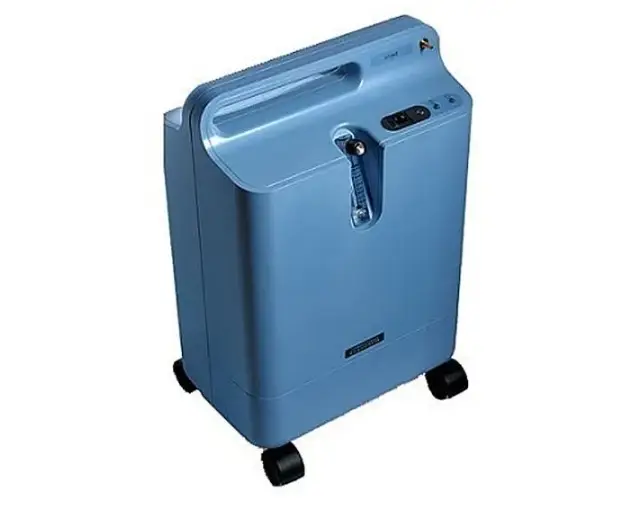
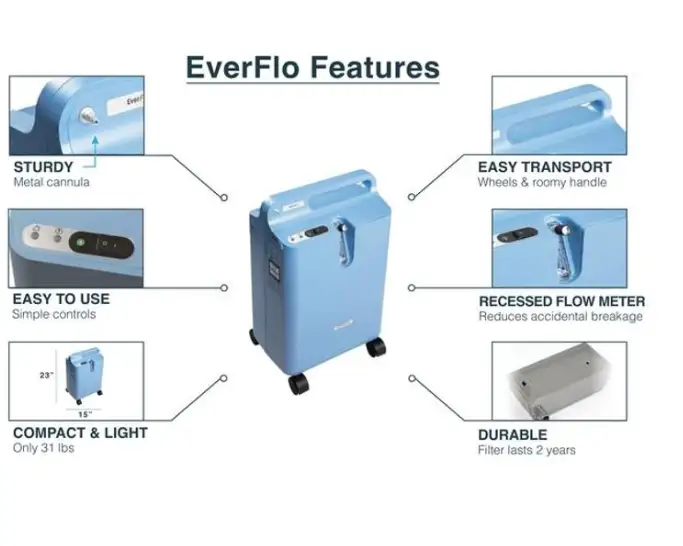
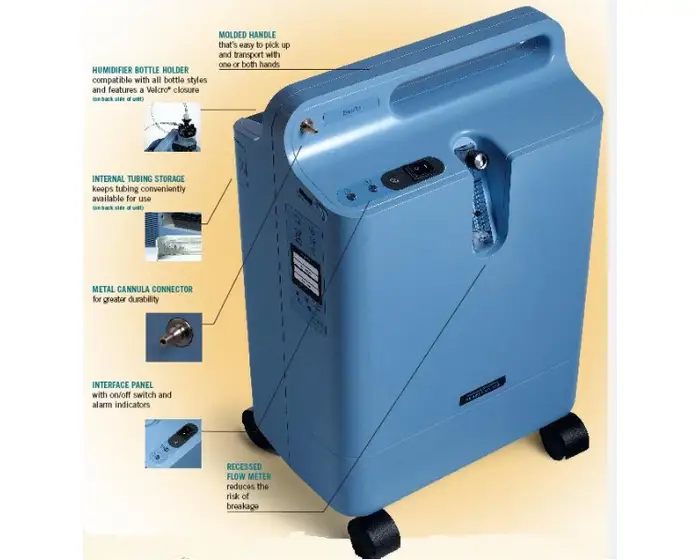



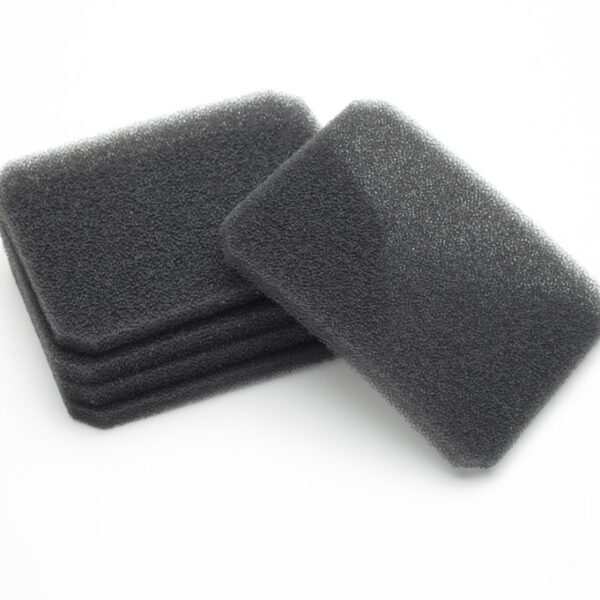

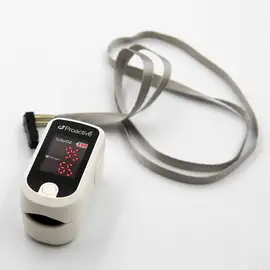
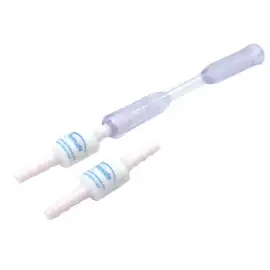
Reviews
Clear filtersThere are no reviews yet.